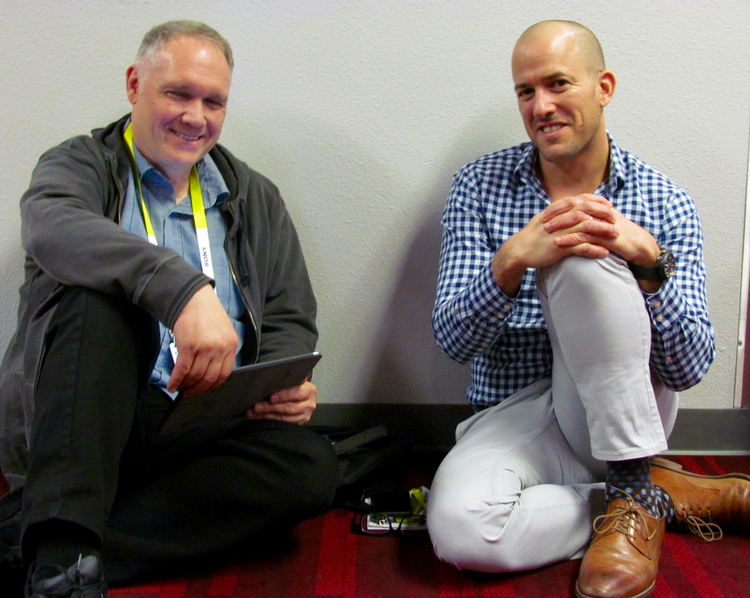
As this is the tenth anniversary of Fabbaloo, I felt it important to find out more about the mysterious General Fabb, who authors the majority of Fabbaloo’s stories.
Fabbaloo: October 27, 2017 is your 10th year Anniversary of Fabbaloo. What was your first story about?
General Fabb: You must know that back in those days there really wasn’t much, if any, news about 3D printing. We published only a couple of stories per week when we launched as a result, far less than the 70-80 stories we publish each month these days.
If I recall, it was a very short story about a Montana-based company called Sweet Onion Creations. Their business was to 3D print architectural models on their color 3D printing equipment. I looked them up recently and found that they no longer perform this service, as they discovered their digital marketing expertise to be more valuable.
But that’s the story behind countless 3D printing startups over the past ten years: try something, then pivot to something better.
Fabbaloo: What was your most popular story read over your 10 years of writing 3D Printing news?
General Fabb: That would have been a story we wrote in 2014 that talked about several alternatives to Thingiverse, MakerBot’s public archive of freely downloadable 3D models, most of which are 3D printable.
It was of high interest to readers because that was the moment when the formerly open source champion MakerBot had abruptly been acquired by Stratasys. In the minds of most MakerBot fans – who were by default open source backers – this was a near traitorous act. Anything associated with MakerBot was, for these folks, not a good thing anymore. Almost any activity by Stratasys regarding MakerBot was viewed as a negative move by MakerBot’s community and many decided to bail out on Thingiverse.
That was caused by the perception that Stratasys was – or would be – harvesting designs submitted freely to Thingiverse for profit. Patents issued by Stratasys were scrutinized closely.
It was inevitable that some who felt strongly about the situation would leave Thingiverse, so we believed it important for some alternatives to be identified. There were several then, and even more today, but ironically Thingiverse today is still perhaps the largest free repository of 3D printable models.
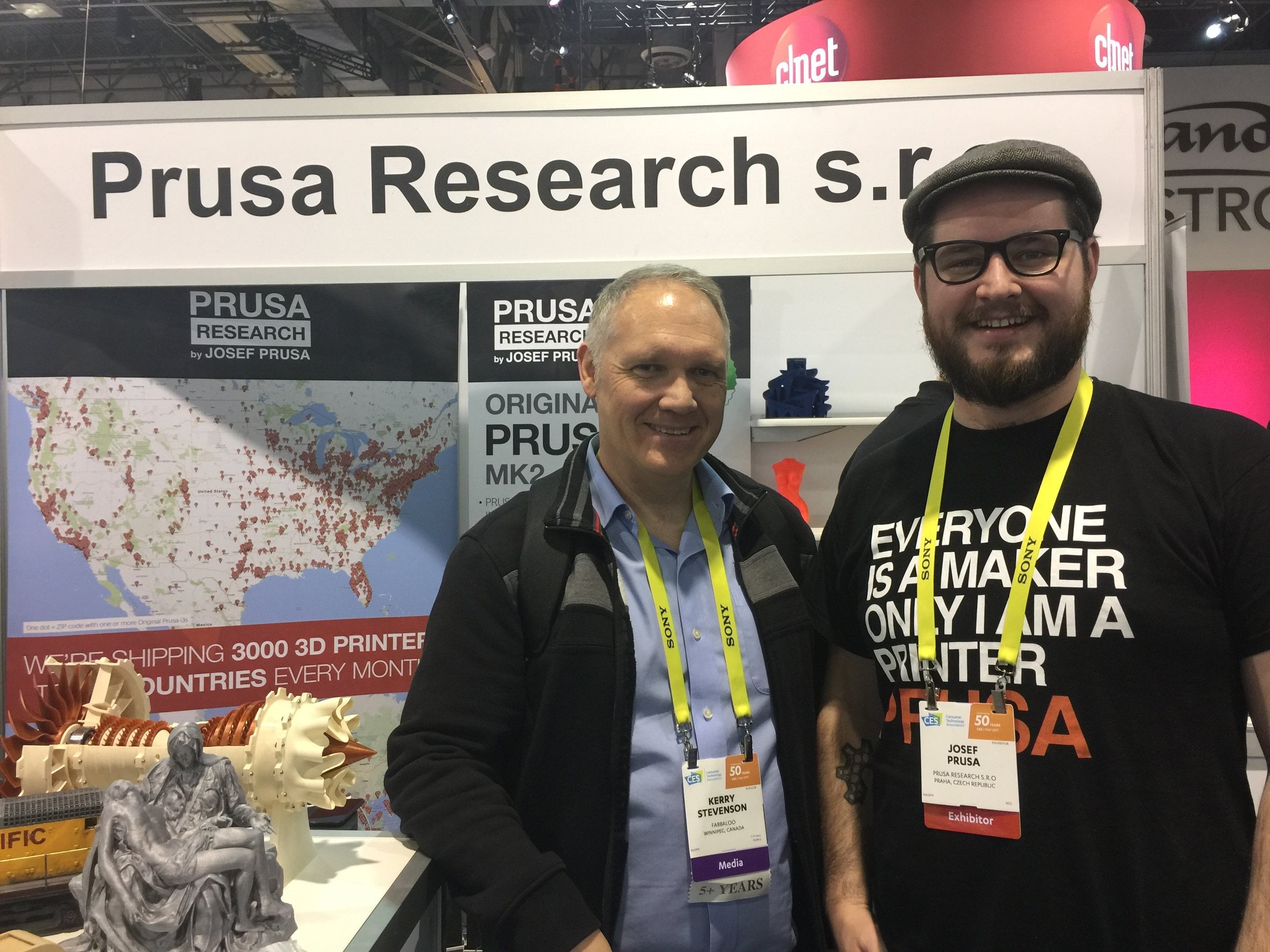
Fabbaloo: How did you become involved in the 3D Printing Industry?
General Fabb: Back in the early 2000’s I was bored at work and sought a creative outlet. Being a fanatic about technology pointed me towards several different areas, one of which was 3D printing, then a relatively unknown technology – in spite of it being around for well over twenty years at the time.
At the time the online news market serving 3D printing was almost negligible, so the choice was clear.
Fabbaloo: How has Fabbaloo changed since 2010?
General Fabb: It’s been a long journey from our beginnings, as we’ve gradually learned more about the technology and how to deliver great information to the public. We learned how to make some money along time way, which helps a great deal.
Perhaps the biggest change for us was the addition coverage of large-scale commercial 3D printing equipment. Originally our intention was to cover the smaller guys, which we still do, but like many others in this industry we were challenged by the consumer 3D printing crash of 2014 and decided to work with a broader audience.
Today our blog service is far more sophisticated than when we started. Originally we published through Google’s free Blogger service, which is terrific for basic blog services, but hardly appropriate for more advanced implementations. Today we use Squarespace to host our system, and we’ve been with it for many years. However, we’re probably overdue for a makeover.
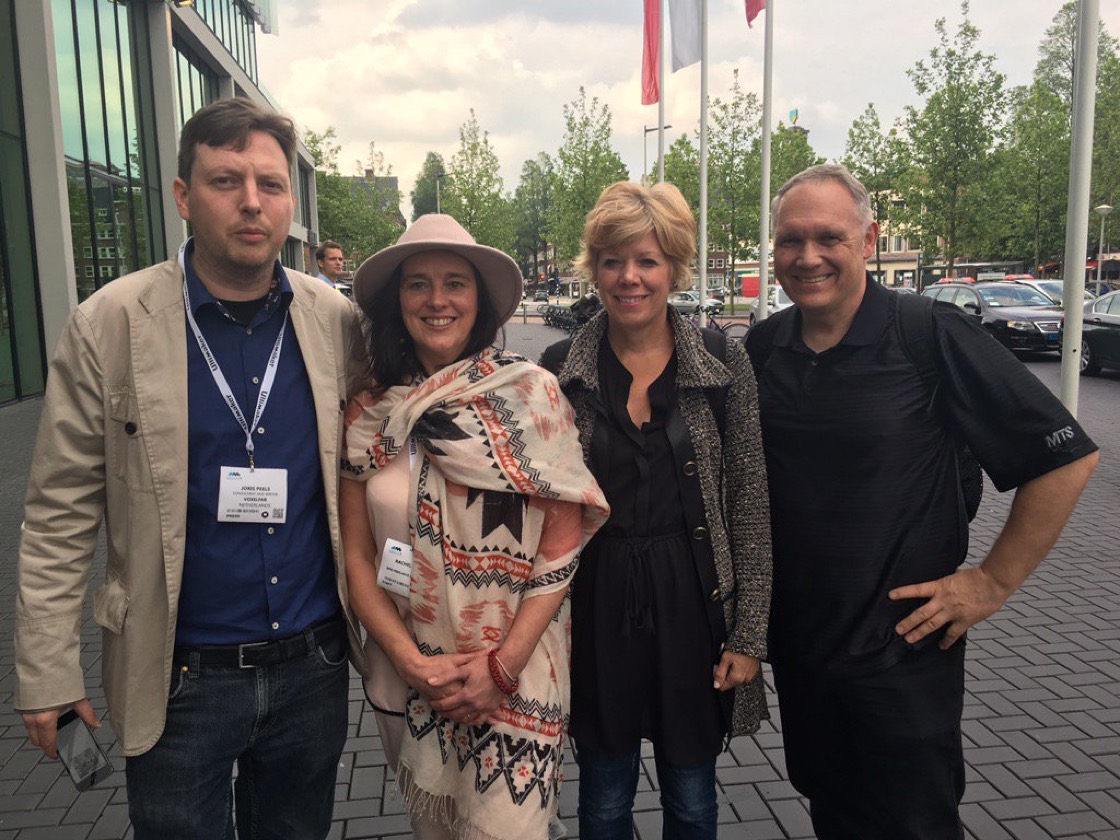
Fabbaloo: You have attended many 3D Printing Conferences over the last 10 years and interviewed many people. What was one of the more memorable interviews and people you have met?
General Fabb: I have seen more booths, exhibits and keynote speeches than anyone has a right to witness. I’ve been very fortunate to meet almost all the players in the industry over the years, although many have moved on or even retired in some cases.
Perhaps the most memorable encounter took place early on, in 2010, if I recall correctly. It was at a minor plastics exhibition taking place in London, far from my home base.
At this show I visited the very few 3D print-related booths, I think there were less than ten, actually. At one booth I asked what were apparently unusual questions, so the exhibitors enquired about who I was. I explained I was with Fabbaloo.
“Oh”, they said, “We read that all the time!”
I was shaken. At that point we had statistics that indicated our readership was growing, and intellectually I knew we had plenty of readers. But to be on the other side of the planet, meeting someone you’ve never spoken to before, who “knows you” was a big change and something I’ll always remember.
Since then we’ve always found people who know us at exhibitions, all very welcoming, and we’re very glad to speak with them. Even if they are running after us down the aisle, like some actually do.
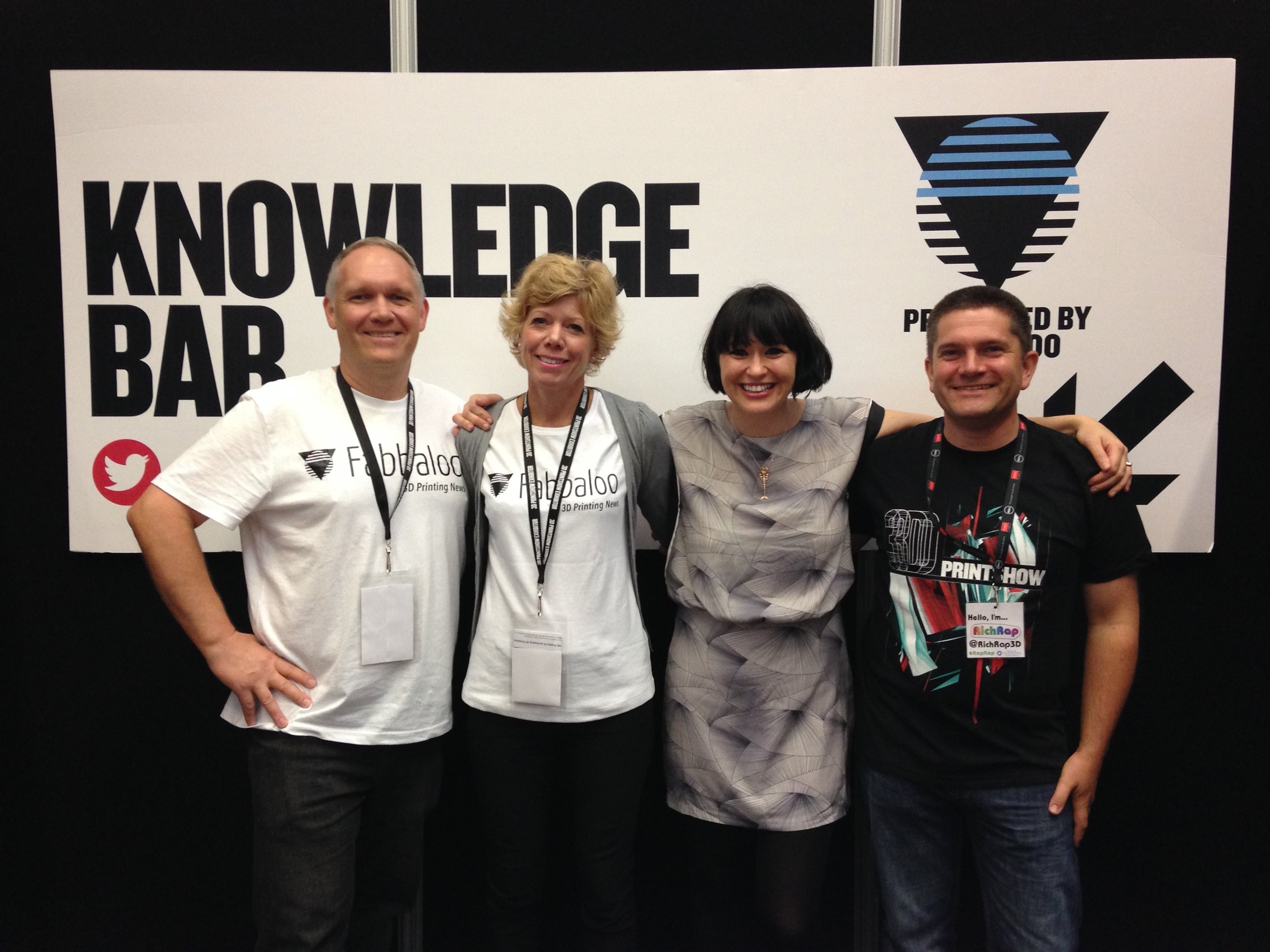
Fabbaloo: You have witnessed many changes in the 3D Printing Industry? What were some of the most dramatic that have really made an impact to the Industry?
General Fabb: Well, it wasn’t exactly a single event, but I believe the single most important thing to happen in recent years is the introduction of many more varied materials for 3D printing. The presence of these materials enabled the change from “prototyping” to “production” that so many companies are now pursuing. In the early years 3D printing was known as “good only for prototyping” because the materials were deficient. Additionally, the new materials have also become available on desktop equipment, making it possible for many professionals to now make very good use of the technology.
Fabbaloo: How do your see the 3D Printing industry evolving.
General Fabb: I think two things will eventually happen: First, 3D printing will slowly become a well-respected and widespread manufacturing process. Today it’s still a bit of a weird item that ranks special attention, but as technology improves, and designers properly leverage the abilities of the technology, we will see it become much more frequently seen in manufacturing.
Secondly, 3D printing will disappear. Not the technology, but the specific labeling of it. It will be simply another way to make stuff, like milling, molding and forging. Today and in previous years in the eyes of many it was like a magic technology that could do almost anything. That belief eventually led to the consumer 3D printing crash of 2014, but cleared the way for more sensible and appropriate use. It’s just another (terrific) way to make things.
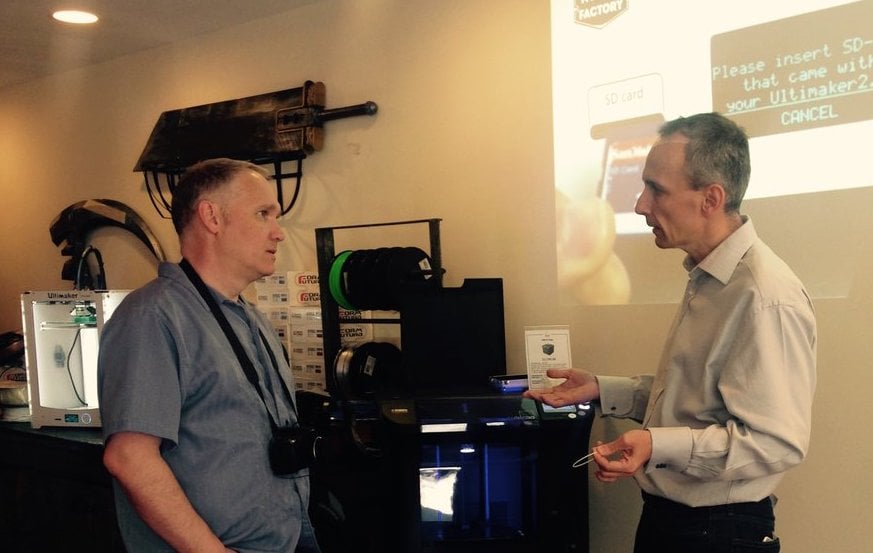
Fabbaloo: What can we expect from Fabbaloo in the future?
General Fabb: More stories, more authors and more insight. We care about the stories we write; you would be surprised at the avalanche of story proposals we receive, and although each is reviewed, we try to write only if there is a point to the story. We want readers to learn something useful from our material. That will continue.
Fabbaloo: You are the founder of a few other businesses including, North Forge Fabrication Lab, one of the largest Fabrication Labs in North America. What motivates you to create new businesses?
General Fabb: I just want to help people make progress. My job, and yours, is to make this world a little bit better than it was when you arrived. If everyone can do that, we’ll be in good shape.
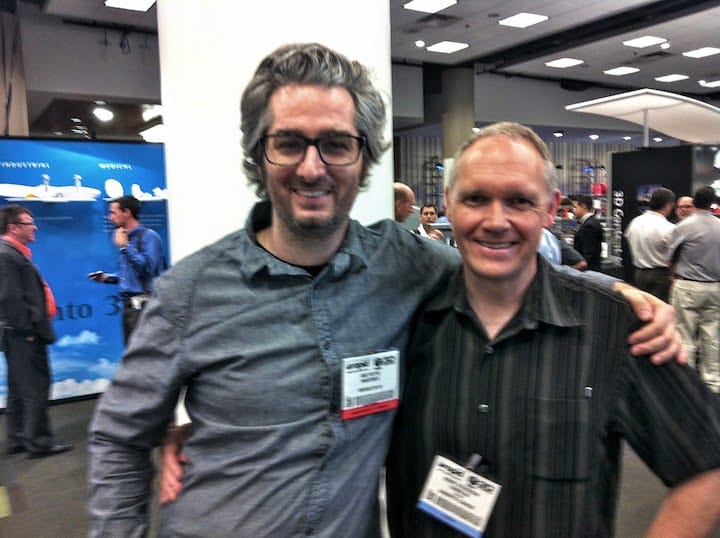
Fabbaloo: Are you still having fun?
General Fabb: Most of the time yes. It’s fascinating to see the constant stream of innovation coming from ingenious folks who’ve figured out yet another way to make 3D printing better. If there’s something that makes huge progress, I’m really happy to tell everyone about it.
But there are times when it’s not fun running a blog. Some companies are extraordinarily difficult to work with, even when we want to help them. I guess it’s the lawyers at work.
We also receive all manner of ridiculous messages each and every day. While it could be discouraging to deal with them, instead we convert them into fun stories now and then.

